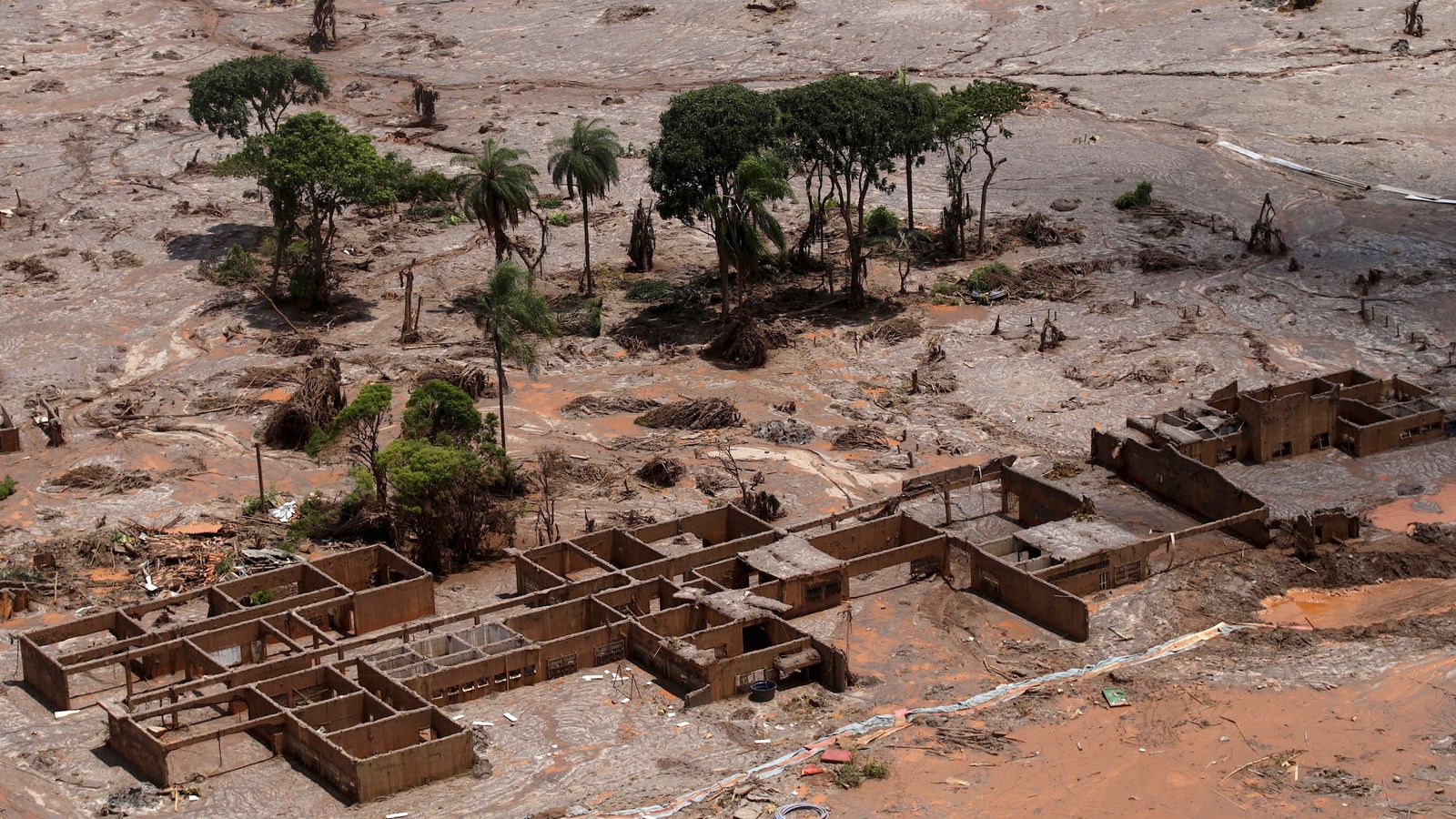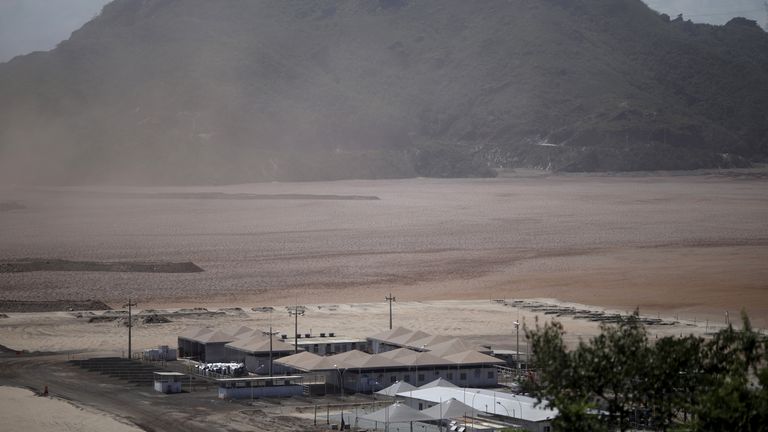A judge has ruled that a company can be held liable for a dam collapse which devastated indigenous communities in Brazil and became the country’s worst environmental catastrophe.
Judge Finola O’Farrell, sitting in the High Court in London, ruled on Friday that BHP should not have continued to raise the height of the dam before its collapse, which was “a direct and immediate cause” of the disaster.
BHP said immediately after the ruling that it would appeal the decision.
The case was brought in British courts because mining giant BHP was listed on the London Stock Exchange at the time of the collapse.
Brought by the international law firm Pogust Goodhead on behalf of hundreds of thousands of victims, the claim marks the first time any of the mining companies behind the dam have been held legally responsible for the disaster.
The case has become the largest environmental group action in English legal history, representing a significant milestone for holding corporations accountable and advancing environmental justice.
One of the largest civil claims ever in England
The Fundao Dam near the city of Mariana was operated by Samarco, a joint venture between BHP and Brazilian company Vale.
It happened almost 10 years ago to the day, and is described as the worst environmental disaster in Brazil’s history.
It unleashed an avalanche of toxic waste that spread 370 miles along the Doce River and out to sea.
With 620,000 claimants, the case is one of the largest civil claims ever lodged in England and Wales.
Brazil is currently hosting the COP30 climate summit in the Amazonian city of Belem, aiming to position itself as a climate leader and champion of indigenous rights.
Shirley Djukurna Krenak, an indigenous leader whose community has lived for generations along the Doce River, said the summit is removed from the realities faced by indigenous peoples, and full of “greenwashing” and false promises.
“If all the previous COPs had worked, we wouldn’t still be talking about crimes like this,” she said.
Read more from Sky News:
Starmer and Reeves ditch plans to raise income tax
Doctors in England begin five-day strike
In October 2024, Brazil’s government and the states of Minas Gerais and Espirito Santo signed a 132bn Brazilian real (£20bn) compensation settlement with Samarco, Vale and BHP, to fund social and environmental repairs.
BHP has argued the court case in Britain duplicates other legal proceedings and reparations work.
How the Mariana dam disaster unfolded
On 5 November 2015, the Fundao tailings dam collapsed in Minas Gerais, Brazil.
It released approximately 40 million tons of toxic sludge, including arsenic, which buried the small town of Bento Rodrigues and poured pollution into the Doce River.
The mud travelled so quickly that residents did not have time to escape, and it killed 19 people. Around 600 people lost their homes.
The toxic waste made its way to the Atlantic Ocean, destroying water supplies, vehicles, habitats, livestock and livelihoods.
Ten years later, reconstruction and reparations have dragged on through legal disputes, and the indigenous Krenak people are still struggling to live along the Doce River that remains contaminated with heavy metals.




